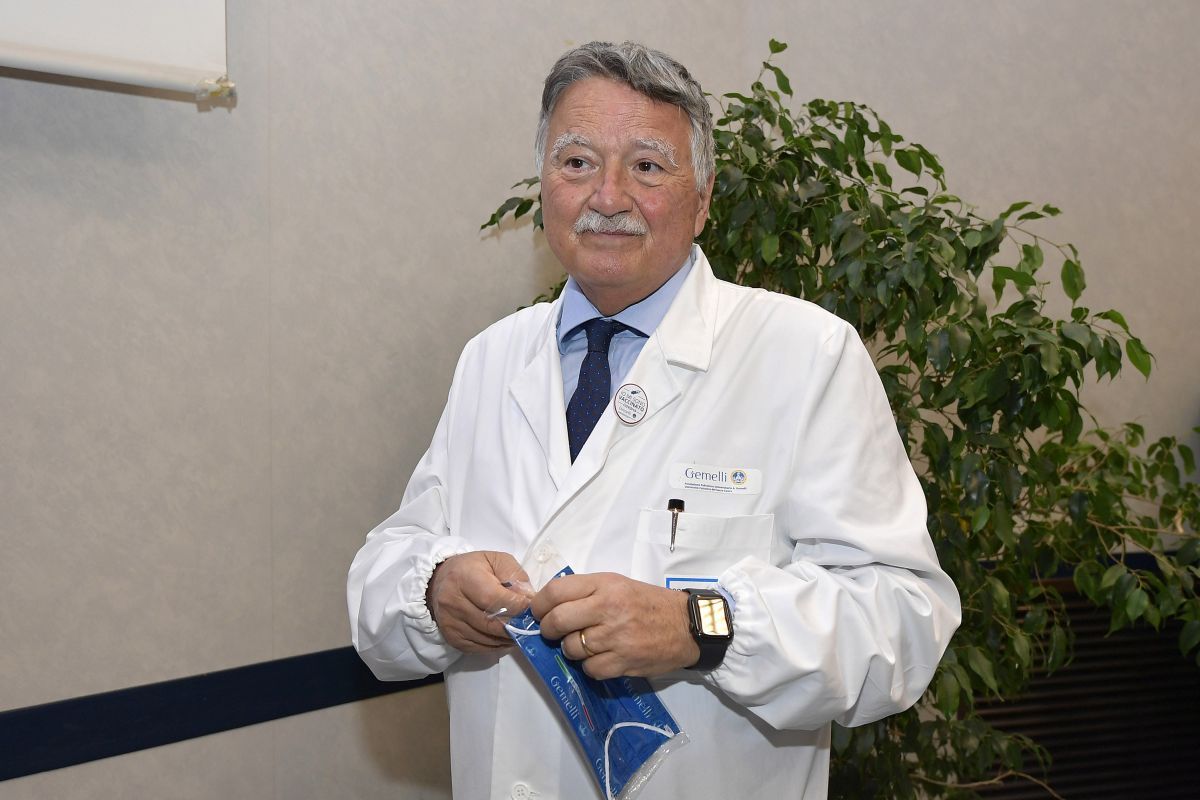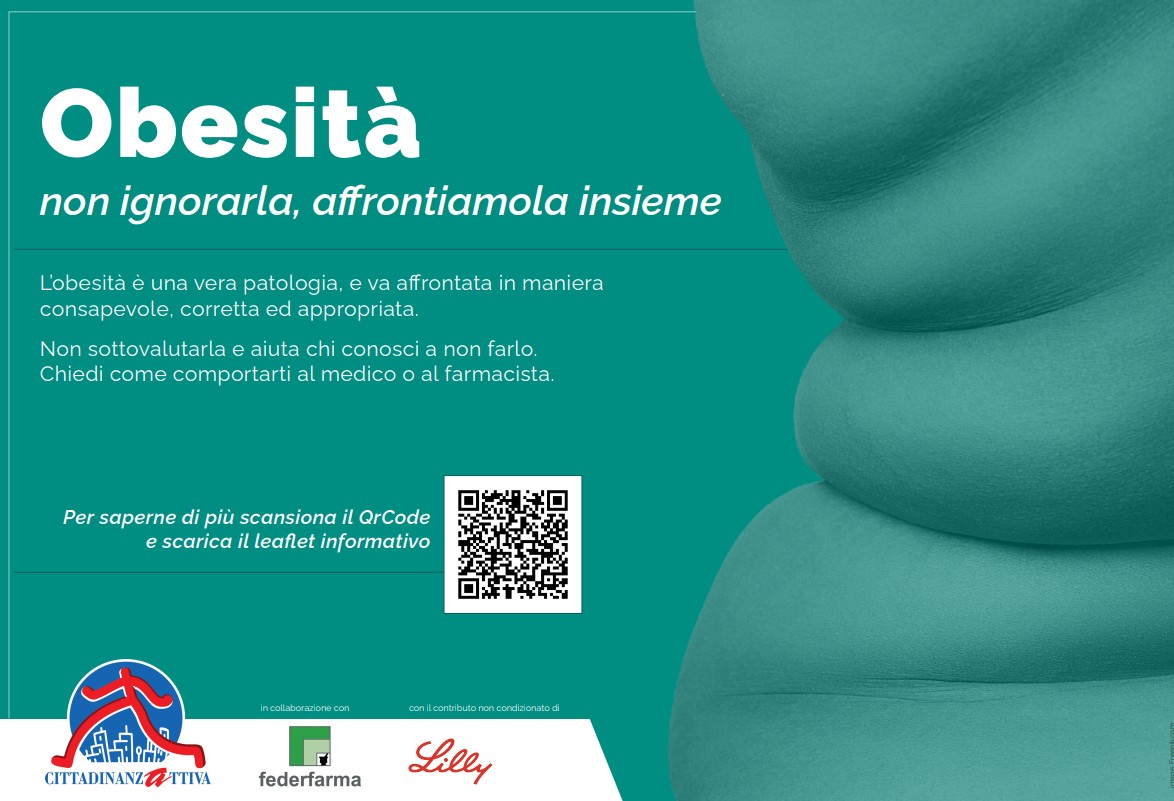ROMA (ITALPRESS) – In Italy, in 2024 the resistance percentages to the main classes of antibiotics for the eight pathogens under surveillance continue to remain high, however for some pathogen/antibiotic combinations we continue to observe a decrease or substantially stable trend compared to the previous years, with the exception of the Enterococcus faecium resistant to vancomicin, for which the trend is constantly worrying. As regards the consumption of hydro-alcoholic solution in hospitals has decreased the decrease seen in recent years, but the average remains much below the threshold considered optimal. The photograph, published during the World Week of Antibiotics Awareness, comes from the supervised by the Higher Institute of Health, and was presented during a dedicated session of the final meeting of the Inf-Act project. “Today, in our country, the antibiotic-resistance causes about 12 thousand deaths each year, equal to a third of all deaths recorded among patients hospitalized – said RoccoI These numbers are not merely statistical data: They represent people, families, communities affected by infections that, in most cases, we could have avoided or cured effectively.” “It is no coincidence that this year the slogan chosen by the WHO for the week of awareness about the problem of antibiotic resistance is precisely “It is time to act: we protect our present, defend our future” – said Iss general director Andrea Piccioli –. We have before us a great, complex, difficult challenge. We must turn it into an opportunity to build more robust, interconnected and resilient national systems against crossborder health threats. Regarding the resistance to antibiotics of blood-insulated pathogens/liquor subject to surveillance by the Oms and Ecdc and monitored through AR-ISS surveillance, we observe in Acinetobacter spp. a decrease in the percentage of multi-resistance (from 72.3% in 2023 to 69.7% in 2024) although the value remains very high. Among the enterobacterials there is a decrease in the percentage of carbapeneme-resistant pneumoniae blocks of Klebsiella, the value of which is 24.0% (26.5% in 2023) while a slight increase in the resistance to cephalosporins of third generation in Escherichia coli (from 26.7% in 2023 to 27.7% in 2024). Pseudomonas aeruginosa shows a decrease in resistance in all major classes of antibiotics. Among the Gram + bacteria, an additional slight decrease in the percentage of Staphylococcus aureus blocks resistant to meticillin (MRSA) from 26.6% in 2023 to 25.7 in 2024, while for Enterococcus faecium a rise in the percentage of vancomicina-resistant blocks (34.9% in 2024) with an increase of 2.4 percentage points compared to 2024. Finally, due to the resistance to erythromycin of S. pneumoniae, a new slight increase is observed compared to that already observed in 2023 passing from 24,9% in 2022 to 27,4% in 2024. Intensive therapies, compared to other departments, from 2015 to 2024 continue to observe higher resistance percentages in K. pneumoniae, P. aeruginosa and Acinetobacter spp. resistant to carbapenemi. The incidence of cases of batteries from Klebsiella pneumoniae and Escherichia coli carbapenemi, subject to CRE surveillance, shows a slight decrease compared to 2023, while still remaining high compared to the period 2016-2021. Overall, 3.735 cases of CRE batteries were recorded in 2024 with a standardised incidence rate of 5.2 per 100,000 residents (IRst) of 5.2. “The theme of antibiotic resistance should be dealt with in its complexity – says Anna Teresa Palamara, who heads the Iss Infective Diseases department. It takes a collective effort to preserve the effectiveness of antibiotics, which are the most precious weapon we have to fight infections, and numbers tell us that, even if there are critical situations to face, we begin to see the first fruits of the efforts made in this sense.” In 2024 at the national level (data on 758 structures), the average consumption of hydro-alcoholic solution in the ordinary national decency is 9.9 liters per thousand days of decency (L/1000 GDO), value below the reference standard established by the WHO of 20 L/1000 GDO and decreased compared to 10.5 of 2023. The region with less consumption in the area of ordinary death in 2024 is Molise (2,6 L/1000GDO), while the one with greater consumption is Emilia-Romagna (29,3 L/1000 GDO). The regions that show an increase in the average consumption of hydro-alcoholic solution in the normal decency regarding the data of 2023 are 8 (Campania, FVG, Liguria, PA Bolzano, PA Trento, Sicily, Tuscany, Umbria). In the framework of the INF-ACT project, within the Research Node 4 (EPI-MOD), the ISS, with the aim of implementing the genomic surveillance of AMR on a national scale, has strengthened the sequencing activity of the entire genome (WGS) and developed bioinformatic pipeline for genomic analysis of the main bacterial species resistant to antibiotics, included in the priority list of WHO The WGS represents a strategic step to support both surveillance and research in the field of AMR, and is crucial to ensure faster responses in case of cross-border emergencies and threats related to AMR. The INF-ACT project also favoured collaborations between working groups in the human, veterinary and environmental sector for intersectoral genomic studies aimed at understanding the dynamics of the AMR to the human-animal interface. Every year, 1.2 million people in the world lose their lives due to antimicrobial resistance and we are exhausting options to treat serious infections in humans, animals and plants. If no action is taken, within 2050 39 million people could die because of the AMR. Only in Europe, the treatment of infections caused by antimicrobial resistant microbes costs almost 12 billion euros per year. Resistant infections involve longer illnesses, less therapeutic options and longer hospital deficiencies. Resistant pathogen infections in animals for food production also involve more expensive treatments, lower productivity and serious implications for food safety. If we do not now it is estimated that by 2050 AMR will be responsible for losses in animal production equal to the consumption requirements of more than 2 billion people per year. It is about 1 out of 5 people in the world. Human health, animal health, and environmental health are inherently interconnected and interdependent. The massive and inappropriate use of antimicrobials in the human and veterinary field, and their diffusion in the environment has favoured the appearance of strains gradually more and more resistant. As more than 60% of pathogens that cause human diseases come from domestic or wild animals, protecting the health of animals and the environment also means protecting human health. Therefore, containing antimicrobial resistance requires a coordinated “One Health” approach that takes into account this interdependence. Antibiotics and other antimicrobial antibiotics should only be taken when prescribed by a doctor or a qualified health professional and always following the instructions provided. When we skip doses or stop an antimicrobial treatment too early because we feel better, the most resistant microbes can survive. These microbes can make us sick even more and spread to other people, increasing the risk of contracting superbacteria more difficult to cure for all. Wash your hands regularly – before cooking or eating, or after using the bath, touching animals or having been outdoors – helps prevent infections before they manifest. No matter where we are – at home, in sanitary facilities, farms, schools or kitchens – good hand hygiene is a simple but effective way to protect people, animals and our common health. Simple habits such as washing your hands before and during the preparation of food, using clean surfaces and utensils, separating raw foods from cooked foods to avoid contamination, cooking well meat, poultry, eggs and seafood, keeping foods perishable in the refrigerator appropriately and washing well fruit and vegetables reduce the risk of infections, with less need for antimicrobial and decreasing consequently and the possibility that microbes develop. Customs like wearing a mask or staying at home when you are sick help to reduce the spread of infections to other people, and to animals as some resistant microbes can pass between humans and animals in both directions. Resistant bacteria and other superbacteria can infect our dogs, cats and other pets, seriously compromising their health. In some cases, pets may need stronger or longer treatments, which can be expensive and stressful. Taking care of our pets through good practices such as regular controls, a clean shelter, proper hygiene, good nutrition and vaccinations helps prevent infections before they manifest. Antimicrobials should only be administered to animals by prescription of a veterinarian and should be used according to the recommended instructions. Antibiotics intended for human use must never be used for veterinary use also for the development of nuoive resistancesThe improper disposal of antimicrobial damages the environment and can contribute to the appearance and diffusion of resistant bacteria. Do not store unused or expired antimicrobials; do not throw them in the trash or dump them in the toilet. Take them to the pharmacy or follow the local indications for safe disposal.
– photo Ipa Agency – (ITALPRESS).






